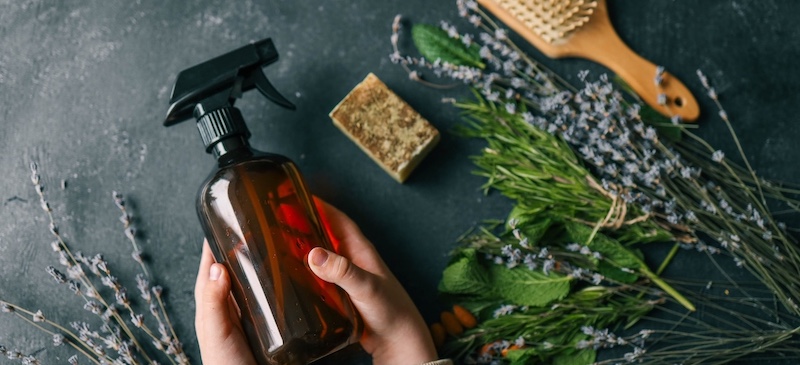This Dr. Axe content is medically reviewed or fact checked to ensure factually accurate information.
With strict editorial sourcing guidelines, we only link to academic research institutions, reputable media sites and, when research is available, medically peer-reviewed studies. Note that the numbers in parentheses (1, 2, etc.) are clickable links to these studies.
The information in our articles is NOT intended to replace a one-on-one relationship with a qualified health care professional and is not intended as medical advice.
This article is based on scientific evidence, written by experts and fact checked by our trained editorial staff. Note that the numbers in parentheses (1, 2, etc.) are clickable links to medically peer-reviewed studies.
Our team includes licensed nutritionists and dietitians, certified health education specialists, as well as certified strength and conditioning specialists, personal trainers and corrective exercise specialists. Our team aims to be not only thorough with its research, but also objective and unbiased.
The information in our articles is NOT intended to replace a one-on-one relationship with a qualified health care professional and is not intended as medical advice.
Lavender & Rosemary Homemade Hair Spray
January 14, 2025

You probably know that those bouffant hairstyles in the 1960s, believed to have risen during the mid-to-late 18th century in western Europe, required a full can of hair spray. In fact, that hairstyle may have been created for Marie Antoinette due to her thin hair and her desire to thicken her hair. If you regularly spray your hair, a homemade hair spray can both save you money and prevent exposure to unwanted toxins used in many beauty products.
Even though the bouffant, made popular by First Lady Jacqueline Kennedy a few decades ago, has faded, the use of hair spray still exists to help set hair and prevent flyaway hair. Though some improvements have been made, in particular going from aerosol cans to pump bottles in most cases, toxins are still there in most store-bought versions.
With this homemade hair spray recipe, however, you can eliminate those toxins and have beautiful and healthy hair. It’s not only easy and fast to make, but also very cost-effective and may help prevent hair loss!
Try it today.
How to make homemade hair spray
Believe it or not, this lavender and rosemary homemade hair spray comes together in a matter of minutes and makes enough for 30 or so uses.
Start by boiling one cup of water. Once it comes to a boil, dissolve two tablespoons of cane sugar by adding it to the water and stirring.
The more sugar you use, the stiffer the hold. However, if you use too much, you may find a sticky residue, so start with smaller amounts and adjust as needed.
Next, add a tablespoon of vodka to the pan. If you prefer, you can make this recipe without alcohol, but the alcohol acts as a preservative.
Allow the mixture to cool, and then add the essential oils. This homemade hair spray recipe calls for 10 drops apiece of lavender essential oil and rosemary essential oil.
You can choose your favorite scents, but I love using lavender and rosemary essential oils. Both help with hair loss, so it makes sense that these ingredients would be perfect for your homemade hair spray.
Furthermore, lavender oil can give you a sense of relaxation, while rosemary is known as one of the best oils for enhancing hair growth, as well as thickening hair.
Rosemary oil is also believed to increase cellular metabolism that stimulates hair growth. Another benefit is that it can provide an increase in microcirculation of the scalp, which promotes healing.
Once completely cool, place the mixture in a spray bottle, and store it in a cool place. Shake before each use.
Like any product, make sure to avoid spraying in the eyes or the mouth.
More homemade hair products
If you’re looking to complement this lavender and rosemary homemade hair spray recipe with more DIY hair products, here are some to try:
- Homemade Conditioner
- DIY Hair Mask for Damaged Hair
- Homemade Rosemary Mint Shampoo
- Lavender and Rosemary Homemade Hair Detangler
- DIY Dry Shampoo
Lavender & Rosemary Homemade Hair Spray
- Total Time: 15 min
- Yield: 30 uses 1x
Description
You can avoid toxins and have beautiful and healthy hair with this homemade hair spray recipe. It’s not only easy, but may help prevent hair loss too.
Ingredients
- 1 cup filtered or purified water
- 2 tablespoons cane sugar
- 1 tablespoon vodka
- 10 drops lavender essential oil
- 10 drops rosemary essential oil
- Glass spray bottle or BPA-free plastic dispenser bottles
Instructions
- Boil the water.
- Dissolve the sugar in the boiled water. Stir.
- Add the vodka. Blend again.
- Allow mixture to cool, then add the essential oils.
- Blend well.
- Place mixture in a spray bottle and store in a cool place. Shake before each use.

